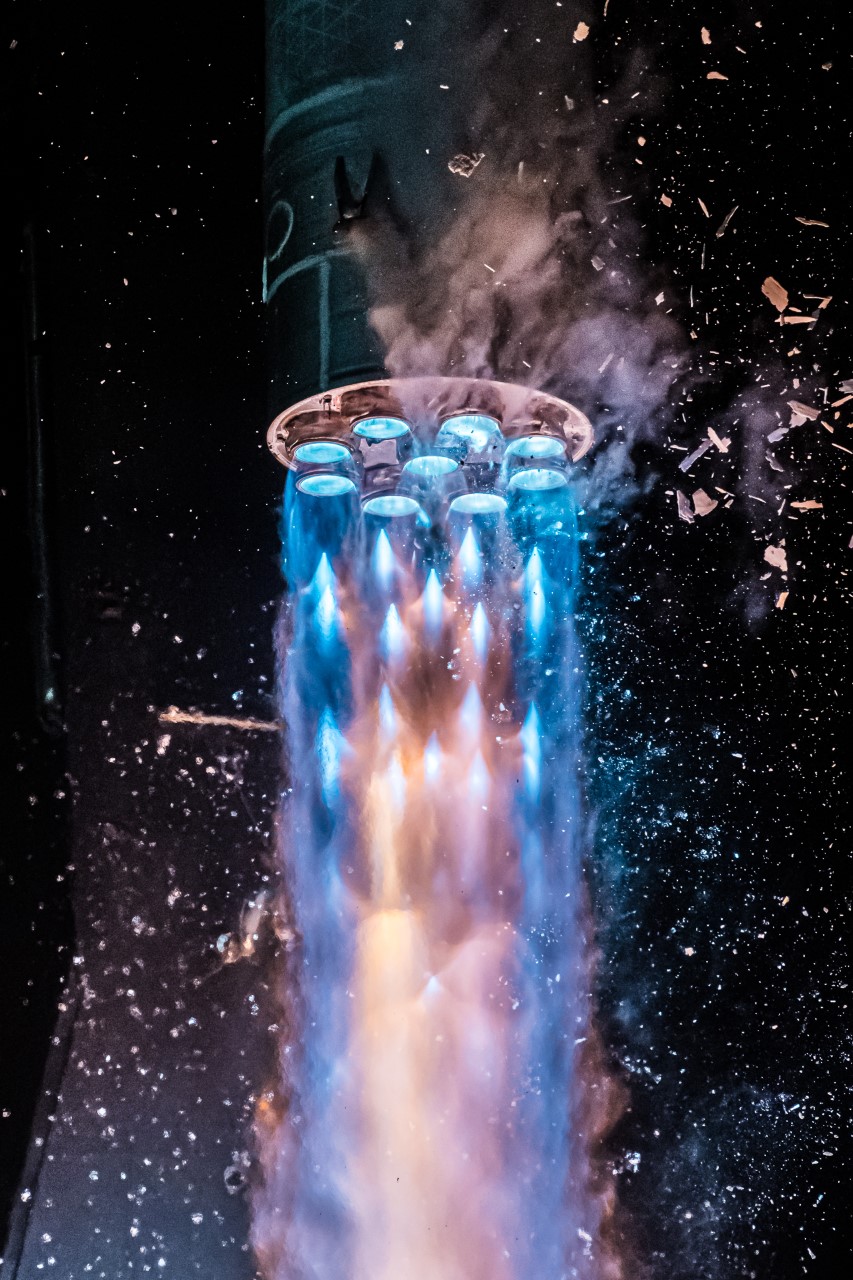Wow thanks! A key word really opened an Alice-like rabbit hole. As an amateur, I find the literature about this stuff is somewhat limited and hard for outsiders to grasp with many big words thrown around. I have more questions reading it than getting answers. From my very basic understanding, the word 'shock' and 'Mach' implies "waves moving faster than sound speed", and since this is a rocket, supersonic is a given. Because the diamonds are quite fixed relative to the nozzle, there might be some standing waves involved. The big-small-big-small pattern of the flow kinda confirms this one. But that's where my understanding ends. Now the questions:
1. Standing waves usually require at least 2 interacting waves. In single-nozzle cases (not Terran, but normal aircraft), what are the waves?
2. In this
Quora answer about CD nozzles, it is stated that "For subsonic flow, as the flow area gets smaller, the flow velocity goes up, and for supersonic flow, as the flow area gets larger, the flow velocity goes up." Huh? Why is that? What's so magical about the 'sonic' threshold that it can apparently reverse a physical principle?
3. Unlike many pictures of Mach diamonds which have the diamonds persist until near the end of the exhaust, Terran's only had about 2 layers of them. Does that mean the standing waves were broken down the line? What caused the turbulence in this case? The nozzles formation?
4. I had troubles following a
YouTube explanation of the phenomenon, which has illustrations alright. So maybe I'll need someone else with a better skill at ELI5 to drill it into my head. Who do you think will be a good candidate? IMO Steve Mould is really good at making hard stuff easier to understand, but his favorite method is to build 2D versions of things, which perhaps won't be suitable for this kind of problem...?
In any cases, I did go ogle the beauty of it all

 Terran 1 Burns Methalox
Terran 1 Burns Methalox